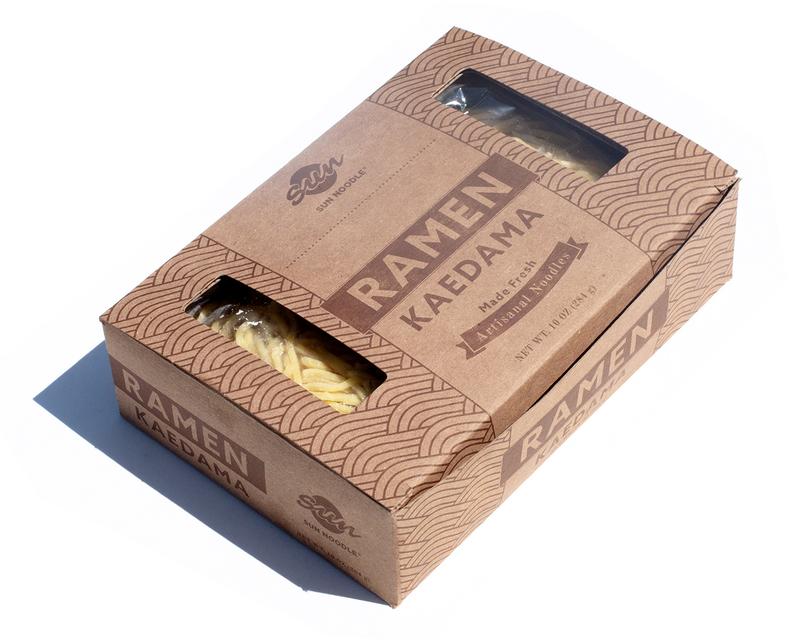Pork, Shrimp, Shiitake, and Garlic Chive
![Hoành Thánh Súp [Wonton Soup] Hoành Thánh Súp [Wonton Soup]](https://i.imgur.com/kcHyqQ1.jpg)
Hoành Thánh Súp [Wonton Soup]
Ingredients
Instructions
- In a small mixing bowl, add 1 # of lean ground pork.
- Add 2 tsp. of minced fresh ginger.
- Add 1/2 cup of sliced garlic chives.
- Add 1/2 cup, small diced shiitakes
- Add 1#, small diced shrimp
- Add 1/4 tsp. of toasted sesame oil
- Add 2 tbsp of fish sauce.
- Add ½ tsp. of salt, ½ tsp. of organic sugar, and 1/8 tsp. of ground black pepper.
- Mix the meat mixture until it becomes one solid mass. [5 minutes]
- Add 1 large egg.
- Mix the meat mixture again, until it becomes one solid mass. [5 minutes]
- Set the meat mixture aside and allow it to marinate for 15 minutes.
- Scoop filling into a wonton wrapper
- Spread a thin layer of water on one side of the wrapper and then seal
- Gently squeeze to create adhesion.
- Next, spread a thin layer of water on the inside left edge of the wrapper, then roll and fold the right edge upwards, gently squeeze to make the wrapper stick.
- After assembling the Hoành Thánh
- Place the Hoành Thánh on a tray (or plate). Make sure you allow for enough space between each Hoành Thánh so they don't stick to each other. Do not stack. Dust with flour or cornstarch to prevent sticking.
- How to boil the Hoành Thánh
- Prepare 1 pot of boiling water, add 1 tablespoon of cooking oil, put each wonton in the pot, then boil it. Once they float, they should be ready.
- Use a food colander to drain.
- Coat with 1 tsp of cooking oil to prevent sticking and clumping
- In a medium-sized pot, add 2 qts. of chicken stock and 2qts. of pork stock.
- Then add 10 each of Dried Louisiana Shrimp, 1/2 cup of Sliced Shiitakes Mushrooms, and 3-4 Thin Slices of Ginger.
- Bring the pot to a simmer. Then turn the heat down to a medium-low.
- Now, season the pot with 2 tbsp of Son Fish Sauce, 1 tsp of Kosher Salt, 1 tbsp of Organic Sugar.
- Bring the pot to a simmer again. Then turn the heat down to a medium-low.
- Continue to cook for 90 minutes.
- Pass the stock through a fine sieve strainer.
- Keep broth on low heat until ready to serve.
- Cut Gai Lan into halves. Rinse under cold water. Set aside to drain.
- IIn a medium-size pot of boiling water, blanch the egg noodles [4 oz. per portion] for 2-3 minutes.
- Remove noodles with a Noodle Spider. Set aside bowl assembly.
- Allow the pot to come back up to a boil, then add bok choy halves.
- Blanche Gai Lan for 2 minutes,
- Remove Gai Lan with a Noodle Spider. Set aside for bowl assembly.
- Set drained, cooked noodles into the serving bowl
- Lay the blanched Gai Lan adjacent to cooked noodles, in the bowl
- Then place 8-10 dumplings adjacent to the Gai Lan
- Ladle 2-3 cups of broth over the noodles and dumplings.
- Garnish your bowl with Tiger Sate, Chinese red vinegar, and sliced scallions
- Serve
Notes:
Why I Love This Recipe
This recipe is a great recipe to include your family, specifically kids. I’ve had so many fond warm memories of making Hoành Thánh with my family. It’s in those precious moments we were not only making Hoành Thánhs, but we were also making memories. If you love a little spice, I strongly recommend garnishing the dish with (my favorite condiment) Chrouk Meta. If you like your dish milder, the Tiger Sa Te is great. Both items are available at www.tumamispices.com
What is 'Gai Lan'?





























![Pho Above [mobile].jpg](https://images.squarespace-cdn.com/content/v1/56cf7cfb0442626af6cd8f70/1617248613571-Z6NLJJ5GYBT8Z9AGTO6C/Pho+Above+%5Bmobile%5D.jpg)





